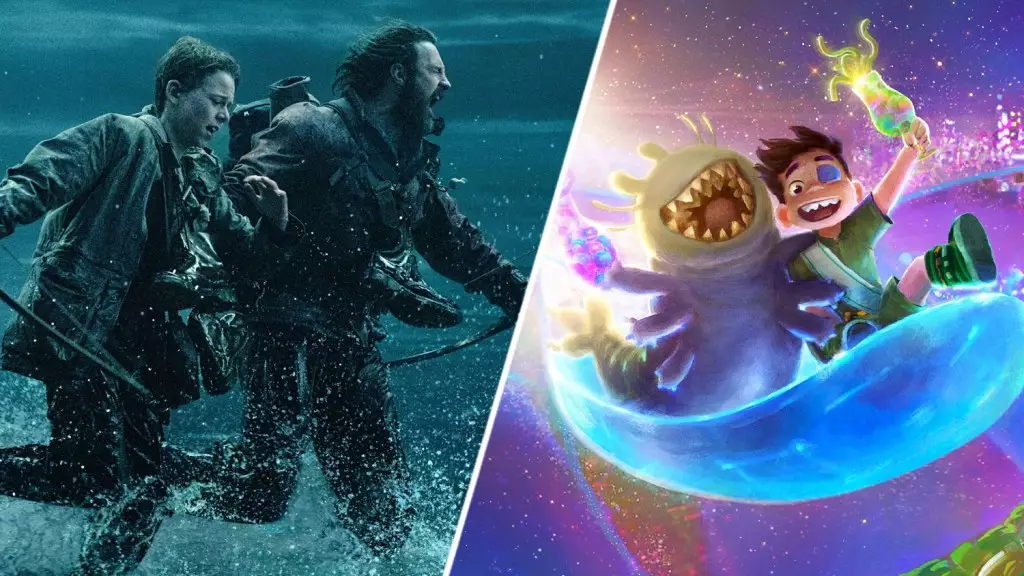Sony’s much-talked-about film, 28 Years Later, is poised to make waves at the box office, debuting with previews grossing well past the $5 million mark. However, as industry watchers note, it’s vital to avoid superficial comparisons with other recent releases. While New Line’s Final Destination: Bloodlines surprised audiences with a $5.5 million preview, leading to a stellar opening weekend of $51.6 million, the horror film landscape often leans heavily toward frontloaded ticket sales—an important nuance for analysts and fans alike.
The return of horror maestro Danny Boyle and screenwriter Alex Garland, after their groundbreaking 2002 film 28 Days Later, brings a sense of nostalgia and excitement. Despite the round of pre-release indicators, there’s a noticeable split between critical acclaim and audience reception. With a favorable critics’ score of 92% on Rotten Tomatoes, it’s puzzling how general audiences are significantly less impressed, rating it at just 67%. This disparity suggests a potential disconnect between critics’ perspectives on cinematic artistry and the general public’s desire for visceral thrills.
Comparative Analysis: Trends in Audience Engagement
In such an environment, audiences often engage differently than critics do. Final Destination: Bloodlines, a franchise that manages to capture visceral fear effectively, enjoyed approval ratings of 92% from critics and 87% from audiences, highlighting its adeptness in delivering suspense and entertainment. The indicators for 28 Years Later, conversely, may signal a wider issue regarding horror sequels and the audience’s evolving palate. The film’s preview gross casts enthusiasm, but projections indicate a middling opening weekend estimated between $28 million and $30 million.
The historical context of its predecessors reveals a steady decline in boxed performance—28 Days Later opened at $10 million in 1,261 theaters and its follow-up opened at $9.8 million in 2,303 theaters. Such comparisons highlight not just the changing tides of audience expectations but also evoke the question of whether the newest installment can live up to its forebears.
Animation and Diverse Offerings: A Shift in the Market
On a different note, Pixar’s latest venture, Elio, is grabbing attention with previews estimated around $2.5 million to $3 million. While this figure seems modest, a deeper dive into recent Pixar performances reveals that consistent quality might elevate Elio’s figures, especially after Elemental’s successful ramp-up despite its lukewarm start. With critics bestowing an 86% approval rating, there’s potential for Elio to resonate with audiences differently than traditional animated narratives.
In a climate where unique original animation faces challenges, comparisons can be drawn between hopeful titles like Elio and stronger contenders like Elemental, which managed to achieve a remarkable $154.4 million domestically. Currently, expectations sit around $20 million to $25 million for Elio’s opening weekend, which, if achieved, could signal a healthy state of original content in an industry increasingly dominated by sequels and established franchises.
The Future: A Look Ahead
As Universal/DreamWorks Animation’s How to Train Your Dragon stands strong at number one with projections of over $40 million in its second weekend, the box office landscape resembles a chessboard where every move matters. Each film tells a distinct story about audience behavior and franchise managing power. Whether it’s the anticipated thrills of 28 Years Later or the heartfelt journey of Elio, the coming weekend will reveal more about what today’s viewers truly crave.
